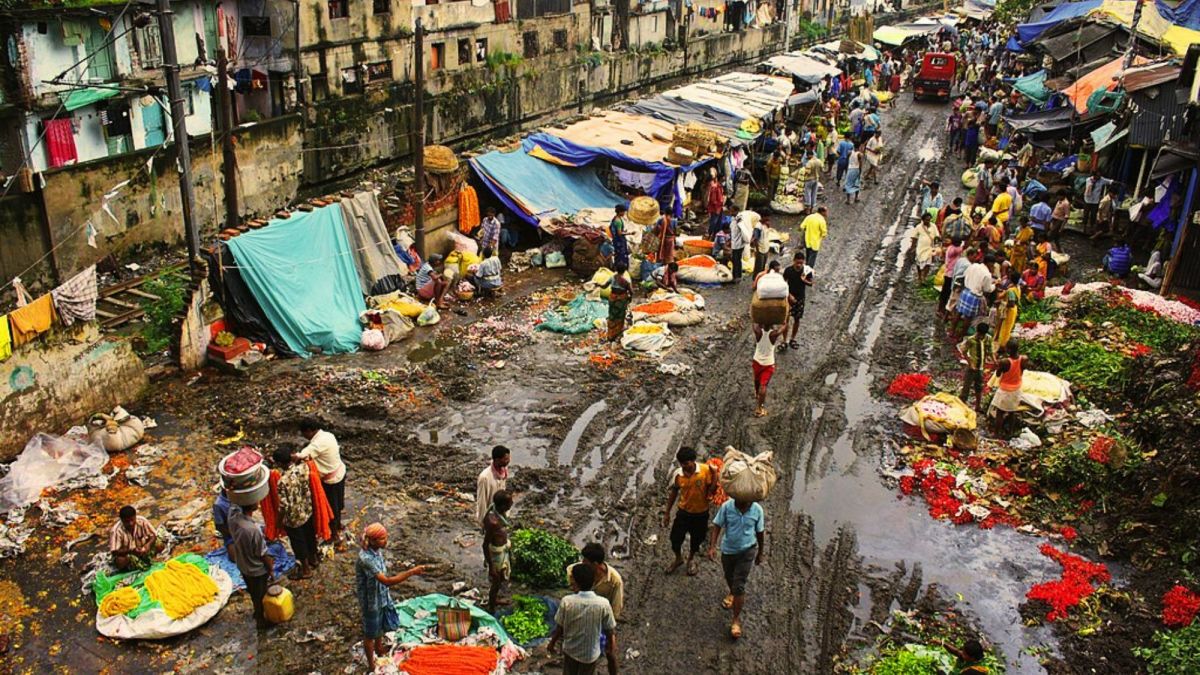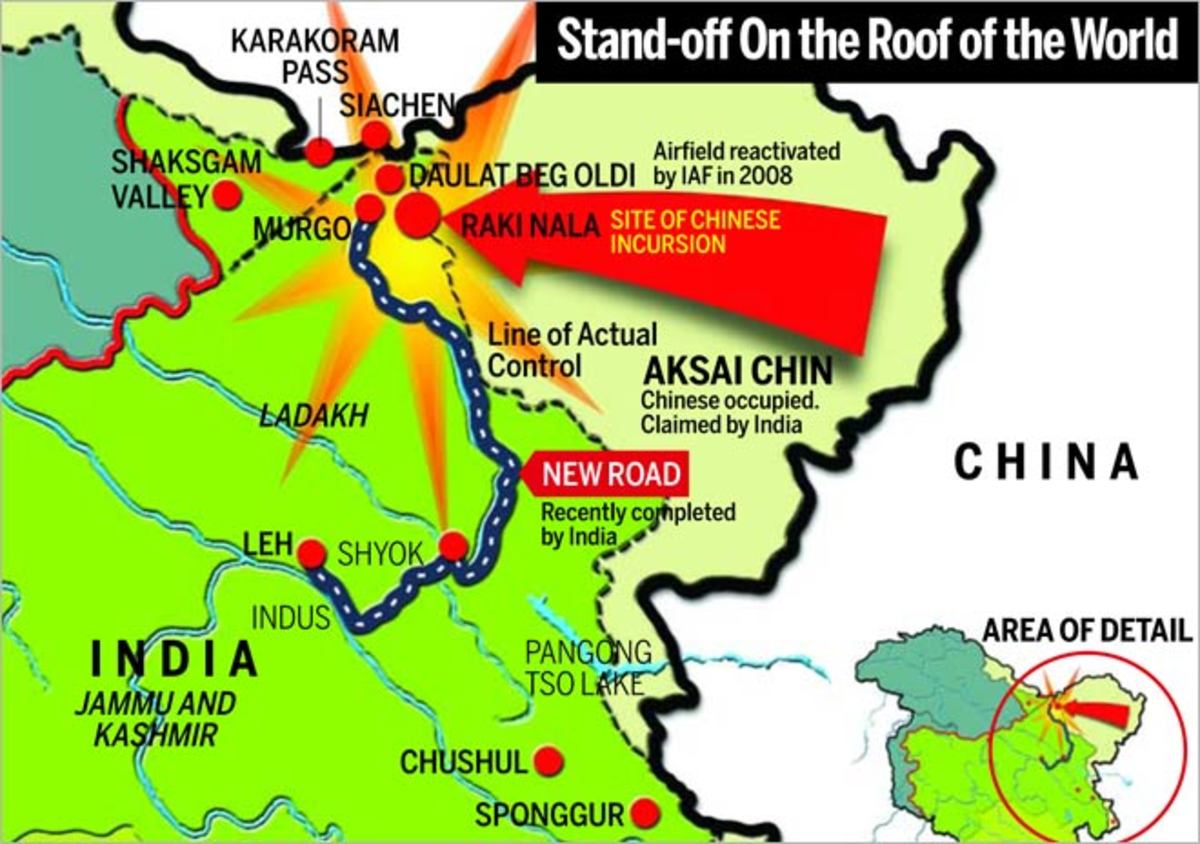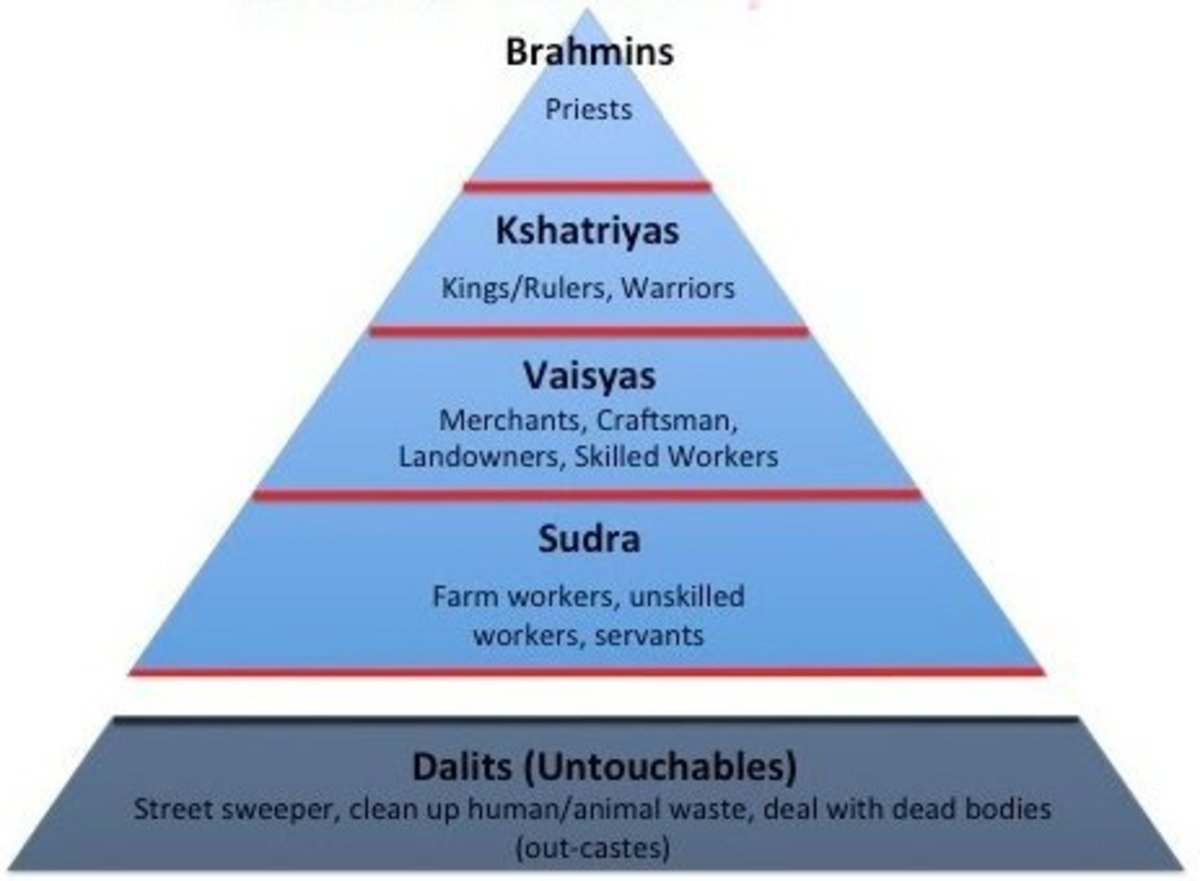Poverty and Hunger in India
India's Growth Story
India Growing Fast
India’s Stock Market
India’s BSE (Bombay stock Exchange) SENSEX has gone up from 11,000 a year ago to 17,000 now. Indian stock market will remain strong in medium to long term.
Short Term – The market will have strong resistance at present level may rise few hundred more but by December before the end of year or immediately after year end i.e. 31st December 2009 will have 17% to 22% correction. This is basically because of very high P/E valuation presently at almost at their peak.
Medium Term to Long Term: - In medium to long term after the correction the market will move up substantially. This may go up 21,000 to 25,000 in next 18 to 24 months.
Indian Currency – Rupee
Currency: - Rupee has started getting stronger and this is precisely because of strong FDI and FII flow. The currency will be to the level of 48 per USD to 49.50 per USD in short term, it will be range bound of 46.50 to 49.50 until March 2010.
Mid to long term Rupee will be stronger in medium term and can break 45 per USD in medium term and i.e. 12 to 18 months. The rupee will rise substantially in long term 24 to 48 months I see rupee breaking 40 mark and it can be at 35 per dollar by end of 48 months and 30 by the end of 60 months.( This assumption is based on present system of currency and foreign exchange is not change in Global Market and IMF does not come out with drastic changes to present currency regime.)
India’s GDP Growth
This year India will grow 5.8 to 6.2 percentage point one of the best in world with best of the fiscal management in the world. With rupee going stronger and low petrol prices fiscal management may not be very difficult task for government of India. If any short fall remains government can always sell part of Jewels they own. (NAVRTNA’S) PSU. Disinvestment will remain as one of the strategy for government to manage the fiscal deficit.
India will grow above 7% in 2010 and continue to grow above 8% in long term. Any growth above 8% will be over heating needs to be balanced with managing Inflation and reducing disparity between rich and poor.
Sectors to Watch
From where the growth will come
o Agriculture
Agriculture is one of the strongholds of the Indian economy and it accounts for 18.5 per cent of the gross domestic product (GDP).
The average growth rate of agriculture and allied sectors during the last two years i.e., 2006–07 and 2007–08 has been more than 4 per cent as compared to the average annual growth of 2.5 per cent during the 10th Five-Year Plan.
The current revival in agriculture sector has been possible mainly due to a number of initiatives taken in the recent years. While public sector investment in the farm sector has grown from 1.8 per cent of sectoral gross domestic product (GDP) in 2000–01 to 3.5 per cent in 2006–07, private sector investment has increased from 8.9 per cent in 2003–04 to 9.9 per cent in 2006–07.
o Infrastructure
The key to sustaining India's growth rate during a global meltdown lies in developing India's infrastructure. Keeping this in mind, the government is targeting an investment of US$ 20.38 billion over the next two years in the infrastructure sector. The scheme aims to take up infrastructure projects under public-private partnership (PPP) with minimal private investment. The government has asked the Infrastructure Investment Finance Company Ltd (IIFCL) to put together a corpus of over US$ 8.15 billion for this purpose.
o Services
The services sector has been at the forefront of the rapid growth of the Indian economy, contributing nearly 63 per cent of the GDP in 2007-08. The sector has come to play an increasingly dominant role in the economy accounting for 59.6 per cent of the overall average growth in GDP in the last eight years between 2000-01 and 2007-08.
As per the Central Statistical Organisation, the services sector has continued to grow in the first quarter of 2009-10.
Trade, hotels, transport and communication grew 6.1 per cent in April-June 2009 from a year earlier.
Financing, insurance, real estate and business services grew at 7.8 per cent in April-June, 2009 from a year earlier.
Few Companies to Watch
L and T
BHEL
ONGC
MPSEZ
MPSEZ
TATA SONS
TATA MOTORS
TCS
What Can Derail India’s Growth?
o Increasing disparity between rich and poor.
o Low Power and Energy
o Low Irrigation Capacity
o Non Development of villages and rural areas
o Low Roads and Railways Development
o Low processing capacity of Agriculture Produce
Disclosure, Declaration and Disclaimer “Ethical and Transparent”
I as an individual and along with my family does not own any stock in the Indian stock market and do not have any underlying interest with any of entities mentioned. I have not been advising any of entities mentioned or any related parties which will have direct or indirect impact on its earning and profits from my write ups.
Forgotten Poor
Development Initiative
- Performance of IPO in India
Performance of Indian IPO’s If we look at Indian stock market which is performing well and has doubled since its low in March 2009. From low 8325 it is trading at 18,512 now is more than doubled in last two years. Indian economy is growing at... - Micro Enterprise Development in India's Tribal Area a Success Story
AAA ( We for Our Health) AAA’s philosophy is to facilitate peoples self organisation for their own well being & Development. AAA has been working on range of developmental issues including health drinking water, sanitation, education, credit and. - Investing in India - Healthcare Sector Report
Hospital Market in India Approximately US$34.9 billion or 5.2% of India’s gross domestic product was spent on healthcare in 2004. Healthcare spending in India is expected to rise by 12% per annum through 2005-09 and this figure is expected to... - The Night of Nature's Fury I Can Not Forget
It was 26th July 2005. It all started in the afternoon without any warning. It was raining. It was just pouring like never before. I was out of the office on business meeting. When I saw black sky pouring on ground and offices started shutting down..
My Lost Paradise
My Lost Paradise
My village which is really an extension of Borgaon Manju ( AkolaMSIndia). 18 Km from district place Akola on national highway no 6 in Maharashtra. Our home 3 KM away from village with 42 other homes from same family and around 100 government quarters for railway workers and railway station. Family is involed in farming and agriculture. The land is very good quality, black cotton known for its productivity with water table at 40 feet at that time. I am talking of time when I was a kid. These 40 years has change everything in this small paradise.
Agriculture is giving very good yield, cotton known as white gold was a main stay as commercial crop giving year after year guaranteed returns. Jowar(one of the cereals Sorghum) as staple crop and pulses to support mix cropping. Livestock’s, buffalo’s, cows and bullocks and goats was part of life. All agriculture operations are manual with bullocks playing key role in all operations. Orchards of mango, lemon and other plants are necessary part of life.
There were almost 40 permanent laborer’s staying and working in the farm. Almost all family use to work in the farm except school goings kids. Now only 4 families.
If I see economics it was great, I knew every year we use to have surplus of at least a million Indian Rupees that was great. There was no concept of taking loan from banks for cropping. We use to pay daily wages to all labor’s every week and jowar a kg a day per person and annual two pairs of cloths apart from their vegetables. Everybody was happy. Most of the time we use to bear education cost of their children’s as part of our social responsibility.
This was really golden era of Indian Farming, with university support and government extensions work we use to get all updated information along with technology.
When I look back now, see the things, I feel sorry about the present status of my villages. Indian is growing at 8 percent and people are getting rich and media and government are saying poverty is down. But when I get call from my cousin that he needs money for cropping this year urgently, I got surprised. Same land which use to deliver millions every year, today no money. “Who has stolen my money”. In last four years every year I have to step in to solve the issues. One of my cousin has taken a loan of RS 60,000 four years back (fortunately not on interest). But on agreement that his land will be mortgage to money lender, money lender will cultivate the land until he pays back whole amount in one shot. The value of land is almost 500,000 or more and annual yield may be more than 60,000 INR, this is irrigated land. When I saw him worried and losing weight with old parents who earn all this from hard work working in Saudi Arabia. I given his to get back his land from money lender.
- Water table is down 100%
- Soil salinity is up so production is down
- Debt has increased substantially because of capital intensive farming.
I want to ask just one question. Where is development? I don’t believe these big numbers, I like to see it in grounds.
Every year many farmers are committing the suicide? Why are they so desperate to die? Has any one has any answer for the same. You may have numbers but not the answer.
One suicide every 8 hours
Vidarbha remains a grim statistic. One suicide in every eight hours. More than half of those who committed suicide were between 20 and 45, their most productive years. The Maharashtra government says as many as 1920 farmers committed suicide between January 1, 2001 and August 19, 2006. Nearly 2.8 million of the 3.2 million cotton farmers are defaulters, reports Jaideep Hardikar
Why Suicide
- Money lenders – Most farmer suicides result from their inability to repay loans taken from unscrupulous money lenders. Lending at usurious rates, up to 70% of poor village population goes to money lenders for loan, alternative financing being unavailable for them. Our financial system does not have space for the poor of the villages.
- Capital Intensive Farming- We have made farming very costing, all input costs have become so high that profitability has been severely impacted. Farming has become un-economic for the farmers.
- Intensive and export oriented farming – Single and intensive cropping has made farmers poor and more prone to foreign market preferences and seasonal factors like monsoons.
Way Out
· Freedom from Usury – the only solution is Interest free financing.
· Returning to sustainable farming practices.
· Better access to markets.
· Multiple cropping and mix cropping.
· Water Conservation
· Agriculture ( Food) Processing Industries
· Village Industries
New Report on Present Status of Poverty in India
India is emerging as the world centre of hunger and malnutrition, a report by Indian campaign group, the Navdanya Trust, says.
The trust says that there are more than 200 million people - or one-in-four Indians - going without enough to eat.
The prominent environmentalist Vandana Shiva, who runs the trust, said there were now more hungry people in India than in sub-Saharan Africa.
Underweight
Ms Shiva said that 57 million children in India are underweight due to malnutrition.
The Navdanya Trust says that per capita food consumption in India has decreased from 186 kg per person annually in 1991 to 152 kg in 2001, despite government food subsidies costing billions of dollars.
She was also critical of genetically modified crops and chemical fertilizers, arguing that they only served to increase the costs of food production, forcing farmers into debt and in some cases causing them to commit suicide.
"Studies worldwide show that the hungriest of people are its producers - the farmers," she said.
Some experts say that if the government is able to pass the bill it will be a significant first step towards improving India's ranking on the global hunger index.
The trust's report follows a UN study released in June which said that hunger in South Asia had reached its highest level in 40 years because of food and fuel price rises and the global economic downturn.
The report by the UN children's fund, Unicef, says that 100 million more people in the region are going hungry compared with two years ago.








